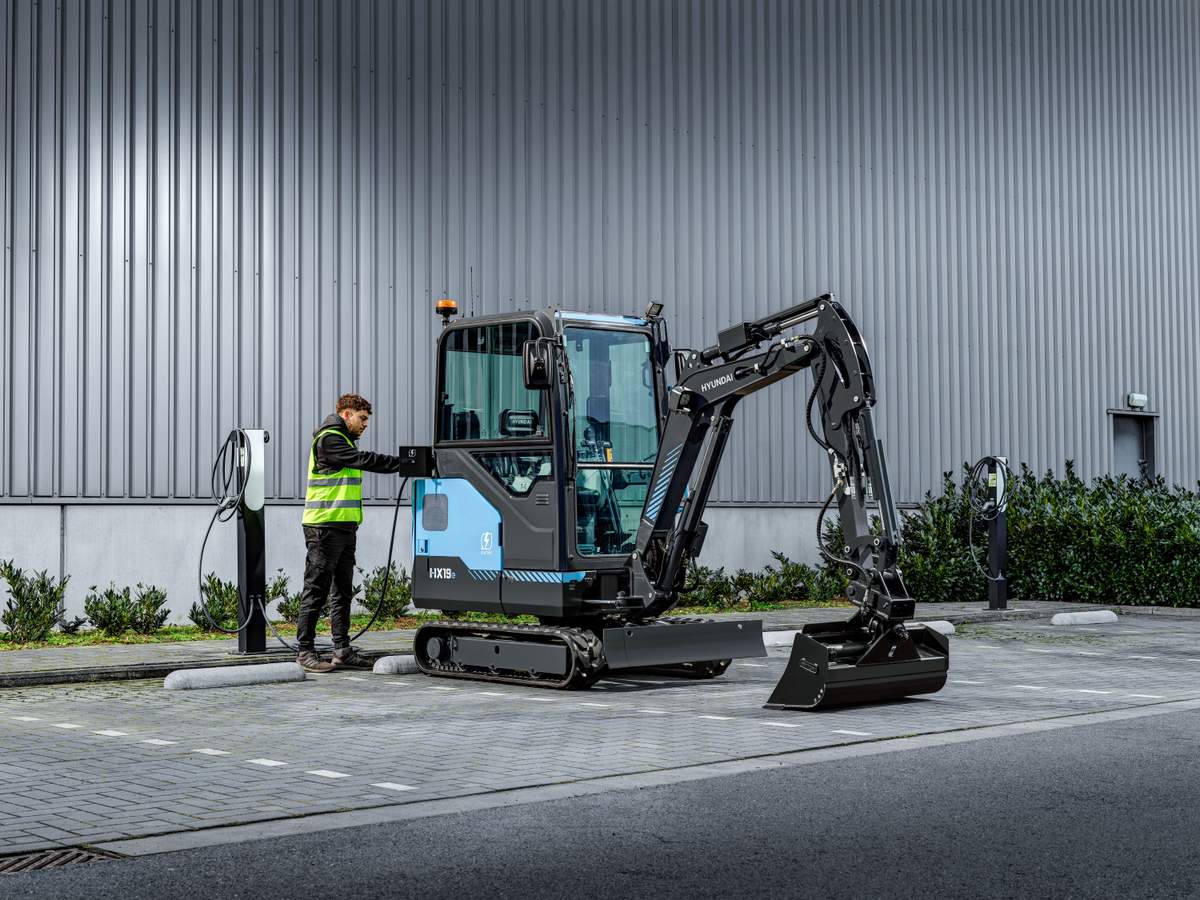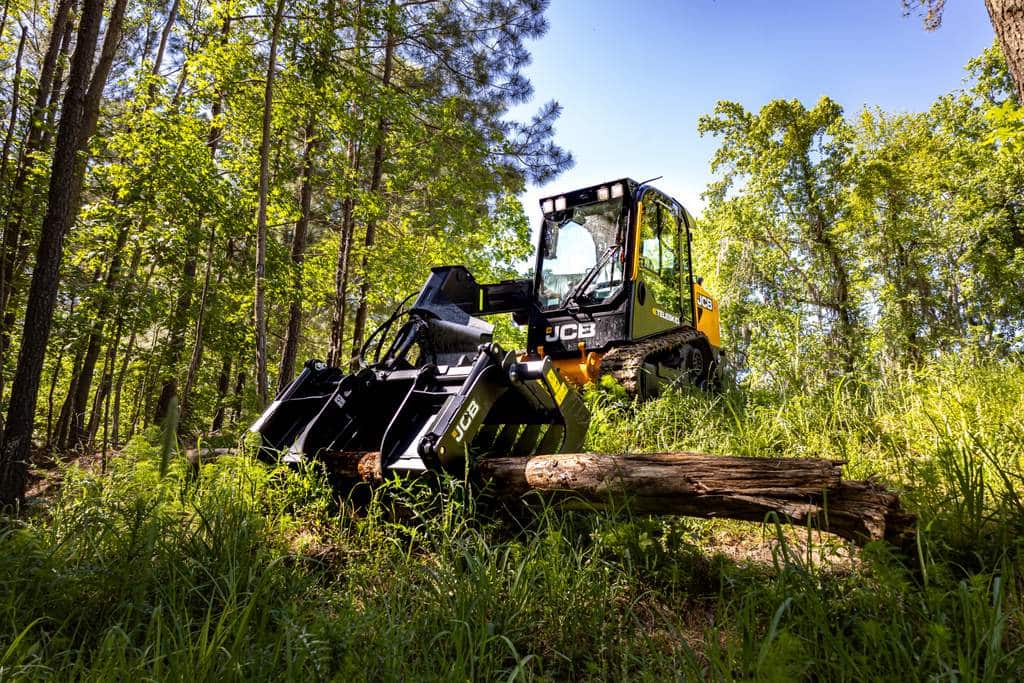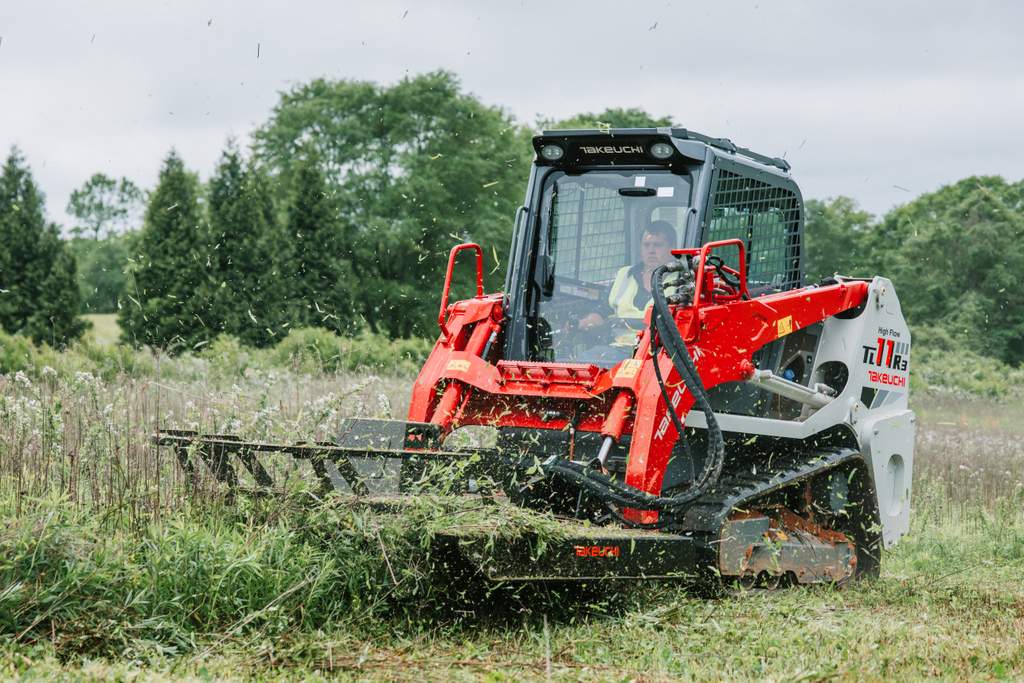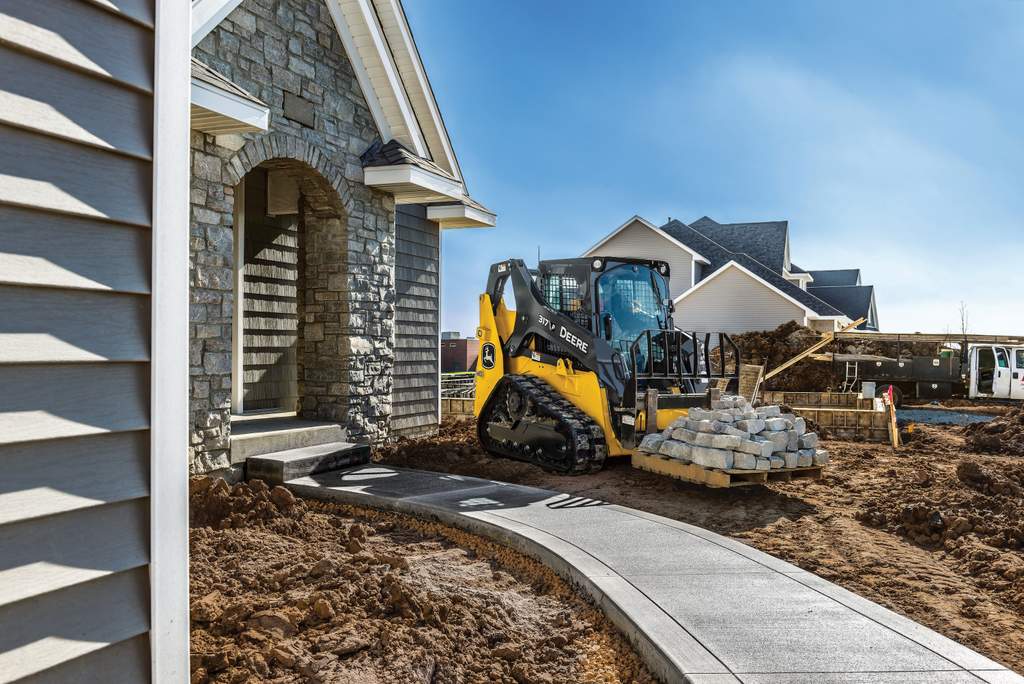Kubota Track Loaders — 2015 Spec Guide
The SVL75-2 and SVL90-2 Are the Latest Models in the Lineup
Kubota Tractor Corp. began marketing in the United States in 1972, with an initial introduction of a 12-hp compact tractor. In 1974, Kubota brought its trademark orange compact tractors to the forefront of the U.S. market by adding a four-wheel drive unit. The company has greatly expanded its product offerings since then, joining the compact track loader market in 2010, when it introduced the 75- and 90-hp models of the Kubota SVL75 and SVL90, which have since been replaced by the Kubota SVL75-2 and SVL90-2.
Powered by four-cylinder Kubota CRT Tier 4-compliant engines with 74.3 and 92 gross hp, these machines are equipped with common rail fuel injection and diesel particulate filters to match performance with increased fuel economy and greatly reduced exhaust emissions. With the highest breakout force in their class, says Kubota, the SVL75-2 boasts a bucket breakout force of 6,204 lbs and a lifting capacity of 4,881 lbs. The SVL90-2 delivers a bucket breakout force of 7,961 lbs and a lifting capacity of 5,869 lbs. The electronic engine stall guard makes sure that they keep going even under the toughest conditions, and standard-equipped two-speed travel and high ground clearance ensure travel performance on difficult terrain.
Kubota’s compact track loaders are equipped with a rigid-mount undercarriage, a vertical lift designed for long reach (41.7 in.) and maximum lifting and dumping capabilities. A variety of performance-matched attachments are available for both models, including several bucket options with teeth or straight edges, four-in-one buckets, pallet forks and more. Both SVLs have standard auxiliary hydraulics to power most attachments, and the SVL90-2 with the optional Hi-flow is suited for high capacity attachments with 1/2-in. or 3/4-in. couplings.
The SVL Series features a 39-in. wide cab and a flat-floor space that is 21 in. deep and 35 in. wide to reduce operator fatigue. The tilt-up front door provides easy entrance into the cab and allows for working with the door open, making it much easier and quicker to exchange attachments or communicate with the ground crew.
Maintenance is convenient with easy access to daily liquid level checks, fuel and air filter inspections in the engine compartment and ground level refueling and greasing.
Advice to Buyers
“The statement, ‘you get what you pay for’ rings true for tracks, because not all tracks are created equal,” says Tim Boulds, Kubota’s construction product operations manager. “Some tracks are made thicker and with a more durable rubber compound, while others are thinner and less durable. Many manufacturers have a standard track (narrow) and offer an optional wider track. A standard track is great for traction force, while the wide track option excels at flotation and decreasing ground pressure. Doing the research to determine if the applications you’ll be performing require an upgrade from the standard track on the machine is important, especially for budgeting purposes.”






Comments are closed here.